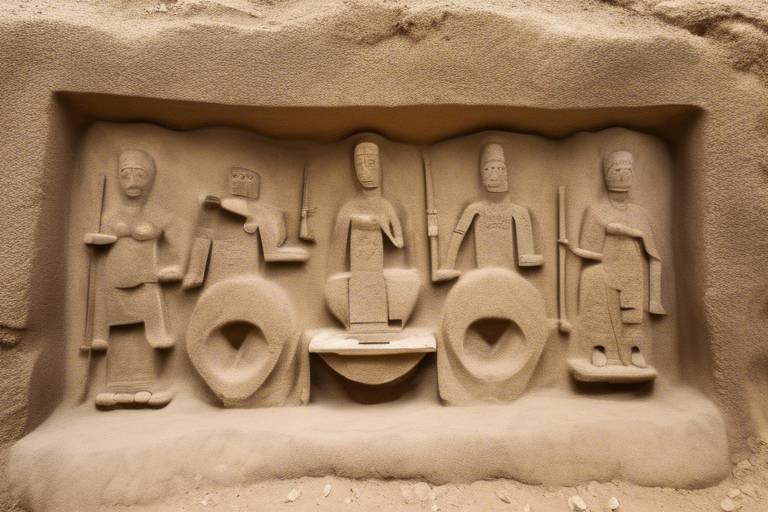Protecting Indigenous Sites from Development
Indigenous sites hold a wealth of cultural, historical, and spiritual significance that transcends time and borders. These sites are not merely physical locations but repositories of stories, traditions, and connections to the land that have been passed down through generations. Protecting Indigenous sites from development is not just about preserving physical structures; it is about safeguarding the very essence of Indigenous identity and heritage.
When we talk about the importance of Indigenous sites, we are delving into a world rich in diversity and wisdom. These sites are living testaments to the resilience and creativity of Indigenous peoples, reflecting their deep-rooted relationship with the environment and the spirits of their ancestors. To disturb or destroy these sites is to erase a part of history that can never be recovered.
Legal frameworks and regulations play a crucial role in safeguarding Indigenous sites from the relentless march of development. However, the real challenge lies in enforcing these laws effectively and holding accountable those who seek to exploit these sacred lands for profit. Without strong enforcement mechanisms and genuine commitment to upholding Indigenous rights, legal protections can easily be circumvented or ignored.
Community engagement is key to ensuring that Indigenous voices are heard and respected in decisions that impact their land and heritage. By involving Indigenous communities in the decision-making processes regarding development near their sites, we can foster mutual understanding, respect, and collaboration. This not only empowers Indigenous peoples to protect their sites but also enriches the broader community by recognizing and honoring diverse perspectives.
Development projects often come with significant environmental consequences, especially when they encroach upon Indigenous lands. The delicate balance of ecosystems and the interconnectedness of all living beings are often disregarded in the pursuit of economic gain. It is imperative to adopt sustainable practices that prioritize environmental protection and respect for Indigenous knowledge in order to safeguard these sites for future generations.
Economic considerations frequently drive decisions about development near Indigenous sites, creating a complex web of competing interests and priorities. While economic growth is important, it should not come at the expense of cultural heritage and Indigenous rights. By exploring sustainable economic opportunities that respect Indigenous values and traditions, we can forge a path towards development that benefits both present and future generations.
Case studies provide valuable insights into the real-world conflicts that arise when development projects clash with Indigenous sites. By analyzing both successful and unsuccessful efforts to protect these areas, we can learn from past mistakes and successes, guiding us towards more effective strategies for preserving Indigenous heritage in the face of development pressures.
International perspectives offer a broader view of the approaches taken to protect Indigenous sites from development in different countries. By comparing strategies and sharing best practices on a global scale, we can strengthen our collective efforts to safeguard these important cultural heritage sites. International collaboration plays a vital role in amplifying the voices of Indigenous peoples and advocating for the protection of their rights and lands.
Challenges abound in the quest to protect Indigenous sites from development, but innovative solutions offer hope for a harmonious balance between progress and preservation. By identifying key challenges and proposing creative approaches that respect Indigenous rights and values, we can pave the way for a future where development coexists harmoniously with cultural heritage, ensuring that Indigenous sites remain protected for generations to come.
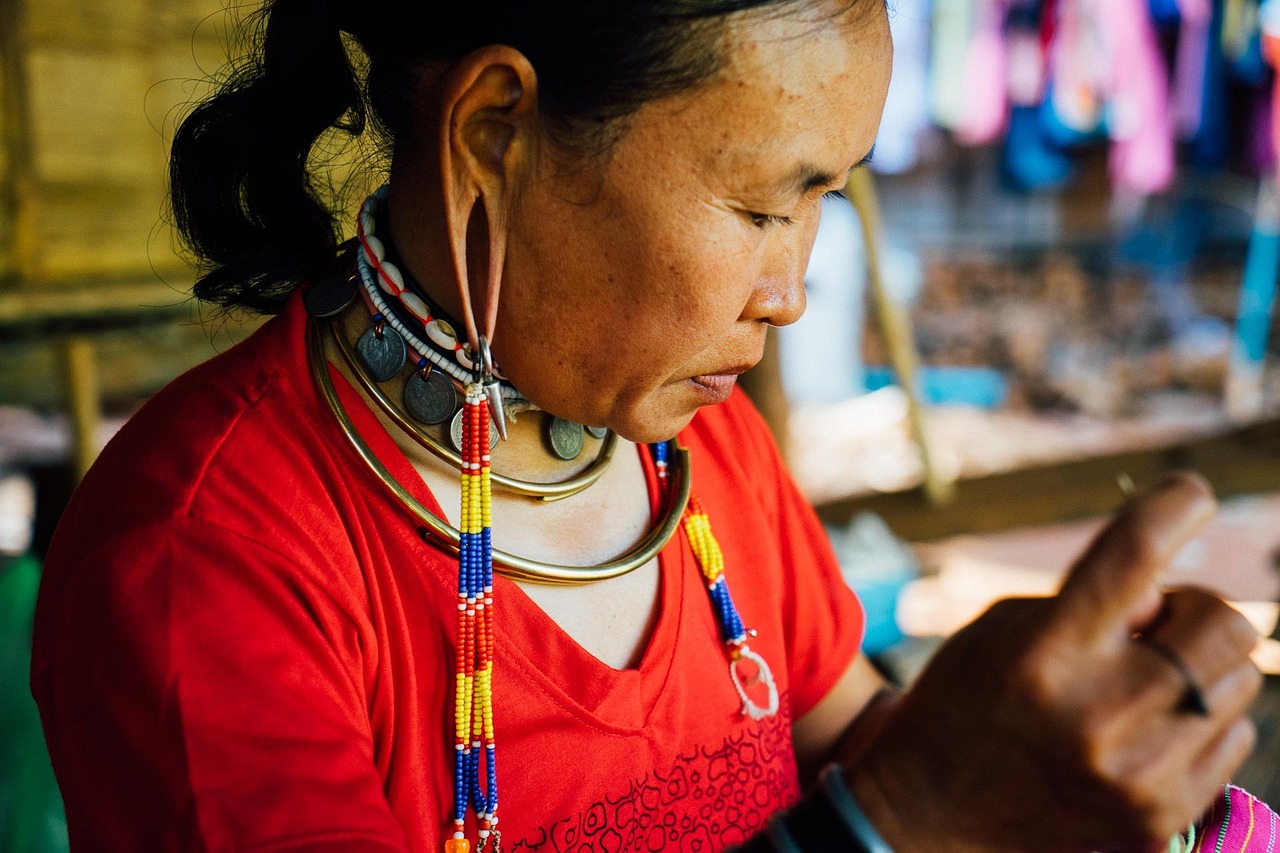
Importance of Indigenous Sites
Topics to be discussed in the article and an introductory sentence
Exploring the cultural, historical, and spiritual significance of Indigenous sites and why their preservation is crucial for respecting Indigenous rights and heritage.
Indigenous sites hold a wealth of cultural, historical, and spiritual significance that is deeply intertwined with the identity and heritage of Indigenous communities. These sites serve as living connections to the past, carrying stories, traditions, and knowledge passed down through generations. Preserving these sites is not just about protecting physical landmarks; it is about honoring the resilience and wisdom of Indigenous peoples and acknowledging their rightful place as stewards of the land.
Imagine these sites as time capsules, preserving the memories and experiences of those who came before us. They are like libraries of the earth, containing invaluable chapters of human history that offer insights into ancient civilizations, traditions, and ways of life. By safeguarding Indigenous sites, we are not only protecting physical artifacts but also safeguarding the intangible heritage that shapes the cultural identity of Indigenous communities.
Furthermore, the importance of Indigenous sites goes beyond their cultural and historical value. These sites often hold spiritual significance, serving as sacred spaces where ceremonies, rituals, and connections to the natural world take place. They are places of reverence and connection, where the spiritual beliefs and practices of Indigenous peoples are deeply rooted. Preserving these sites is essential for maintaining the spiritual well-being and cultural continuity of Indigenous communities.
Therefore, the preservation of Indigenous sites is a matter of upholding Indigenous rights, respecting cultural diversity, and fostering intergenerational knowledge transfer. It is a testament to the rich tapestry of human experiences and a commitment to creating a more inclusive and equitable society that values and protects the heritage of all peoples.
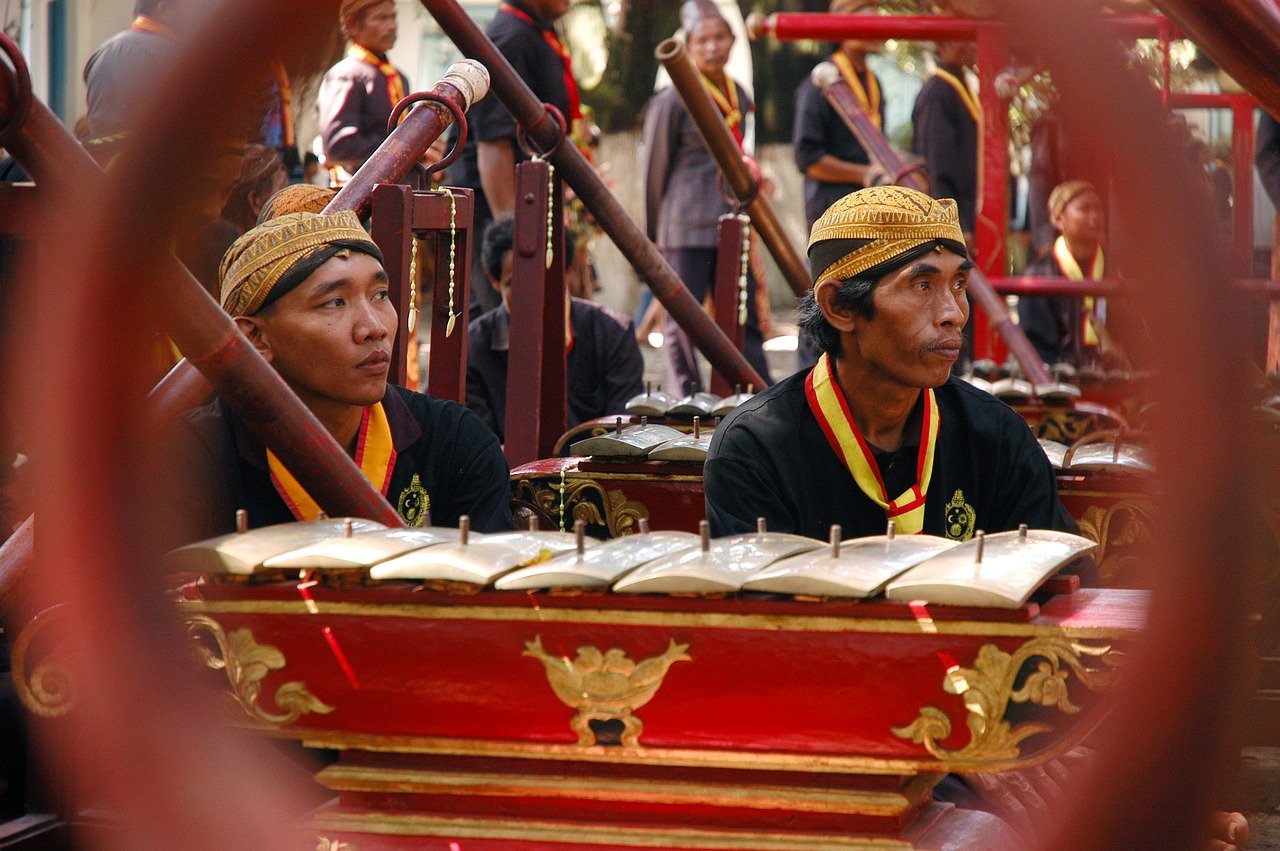
Laws and Regulations
When it comes to protecting Indigenous sites from development, laws and regulations play a crucial role in safeguarding these culturally significant areas. These legal frameworks are designed to ensure the preservation of Indigenous sites, recognizing their historical, cultural, and spiritual importance. By enacting laws and regulations, governments aim to uphold Indigenous rights and heritage, acknowledging the intrinsic value these sites hold for Indigenous communities.
However, despite the existence of these protective measures, enforcing laws and regulations to effectively shield Indigenous sites from development can be challenging. Often, conflicts arise between economic interests driving development and the need to respect and preserve Indigenous cultural heritage. Striking a balance between development goals and Indigenous rights requires a delicate approach that considers both the economic benefits and the cultural significance of these sites.
In many cases, regulations may not provide sufficient protection for Indigenous sites, leading to disputes and legal battles between developers and Indigenous communities. The lack of clarity in legal frameworks and loopholes in regulations can be exploited to bypass protections put in place for these sites. This highlights the need for continuous review and strengthening of laws to ensure the effective preservation of Indigenous heritage.

Community Engagement
Community engagement plays a vital role in the protection of Indigenous sites from development. By involving Indigenous communities in decision-making processes, their unique perspectives and deep connection to the land can be acknowledged and respected. This engagement fosters a sense of ownership and responsibility among the community members, leading to more sustainable and culturally sensitive development practices.
Through open dialogues and consultations with Indigenous groups, developers and policymakers can gain valuable insights into the significance of these sites and the potential impacts of proposed projects. This collaborative approach not only ensures that the voices of Indigenous peoples are heard but also helps in building trust and fostering positive relationships between all stakeholders involved.
Moreover, community engagement can lead to the co-creation of innovative solutions that balance the need for economic development with the preservation of Indigenous heritage. By including Indigenous knowledge and traditional practices in the decision-making process, a more holistic and sustainable approach to development can be achieved.
Ultimately, community engagement empowers Indigenous communities to actively participate in shaping the future of their lands and cultural heritage. It promotes mutual understanding, respect, and cooperation, paving the way for a more inclusive and harmonious relationship between development projects and Indigenous sites.

Environmental Impact
When it comes to the development near Indigenous sites, the environmental impact cannot be overlooked. The construction of infrastructure, mining activities, deforestation, and other forms of development can have severe consequences on the delicate ecosystems of these lands. The disruption caused by such projects can lead to the loss of biodiversity, pollution of water sources, destruction of habitats, and overall degradation of the environment.
Moreover, the spiritual and cultural significance of these sites is often closely tied to the natural surroundings. Any harm inflicted on the environment can also have profound spiritual implications for Indigenous communities. The land, water, and wildlife are not just resources for them but hold deep spiritual value, making the environmental impact of development even more significant.
It is crucial to adopt sustainable practices and engage in thorough environmental impact assessments before undertaking any development near Indigenous sites. This approach ensures that the unique ecosystems and cultural landscapes are preserved for future generations. By integrating traditional ecological knowledge and modern environmental science, it is possible to mitigate the negative effects of development and promote harmony between human activities and nature.
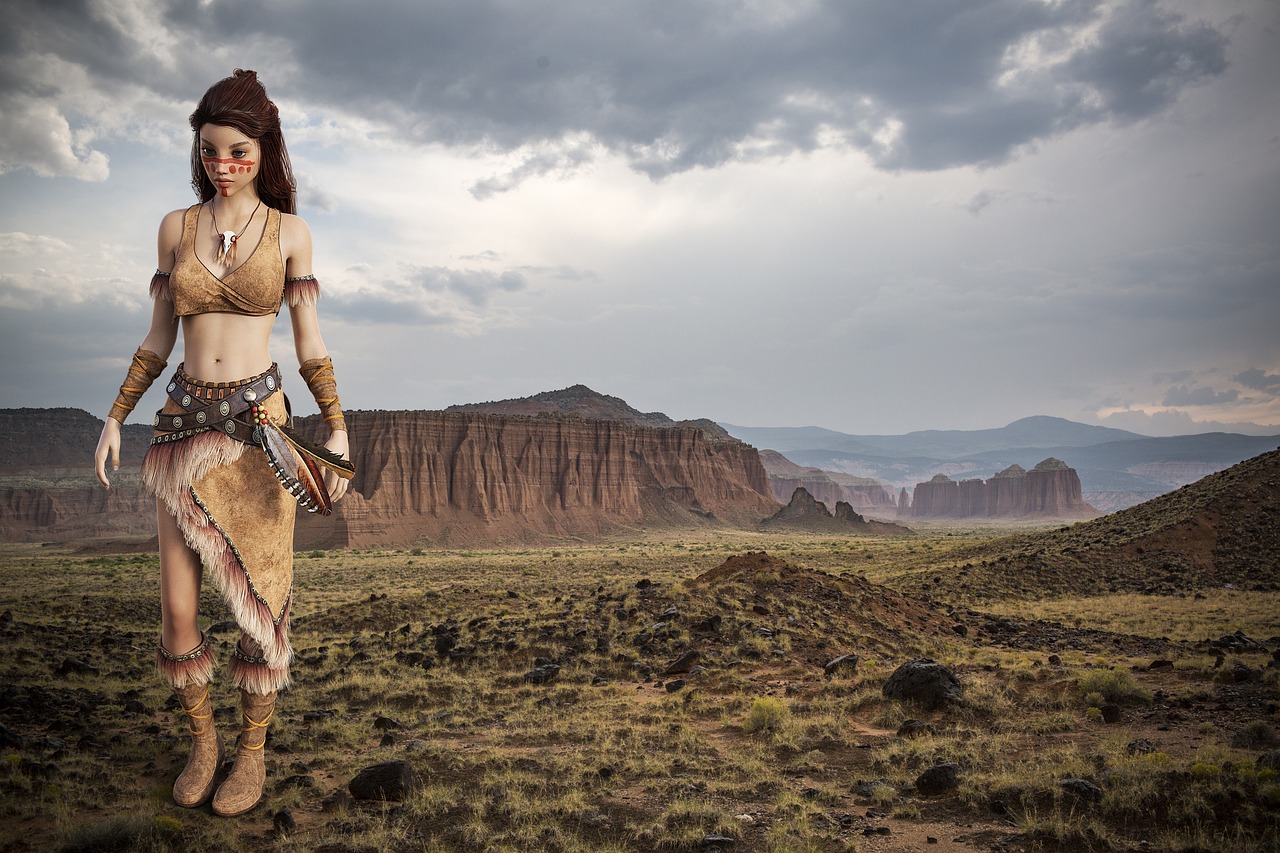
Economic Considerations
When it comes to development near Indigenous sites, economic factors often play a significant role in decision-making processes. The clash between the economic benefits of development projects and the cultural significance of Indigenous sites can create complex challenges that need to be carefully navigated.
On one hand, development projects near Indigenous sites can bring economic opportunities to local communities, creating jobs and stimulating economic growth. However, these economic benefits must be weighed against the long-term value of preserving Indigenous heritage and respecting the rights of Indigenous peoples.
It is essential to consider sustainable economic practices that not only benefit the local economy but also respect the cultural and spiritual importance of Indigenous sites. By incorporating Indigenous voices and perspectives into economic decision-making processes, it is possible to find a balance that promotes economic development while safeguarding Indigenous heritage.
Moreover, sustainable economic opportunities can be explored that align with Indigenous values and traditions, such as ecotourism initiatives that promote cultural exchange and environmental conservation. By fostering economic activities that are in harmony with Indigenous beliefs, it is possible to support both economic growth and cultural preservation.
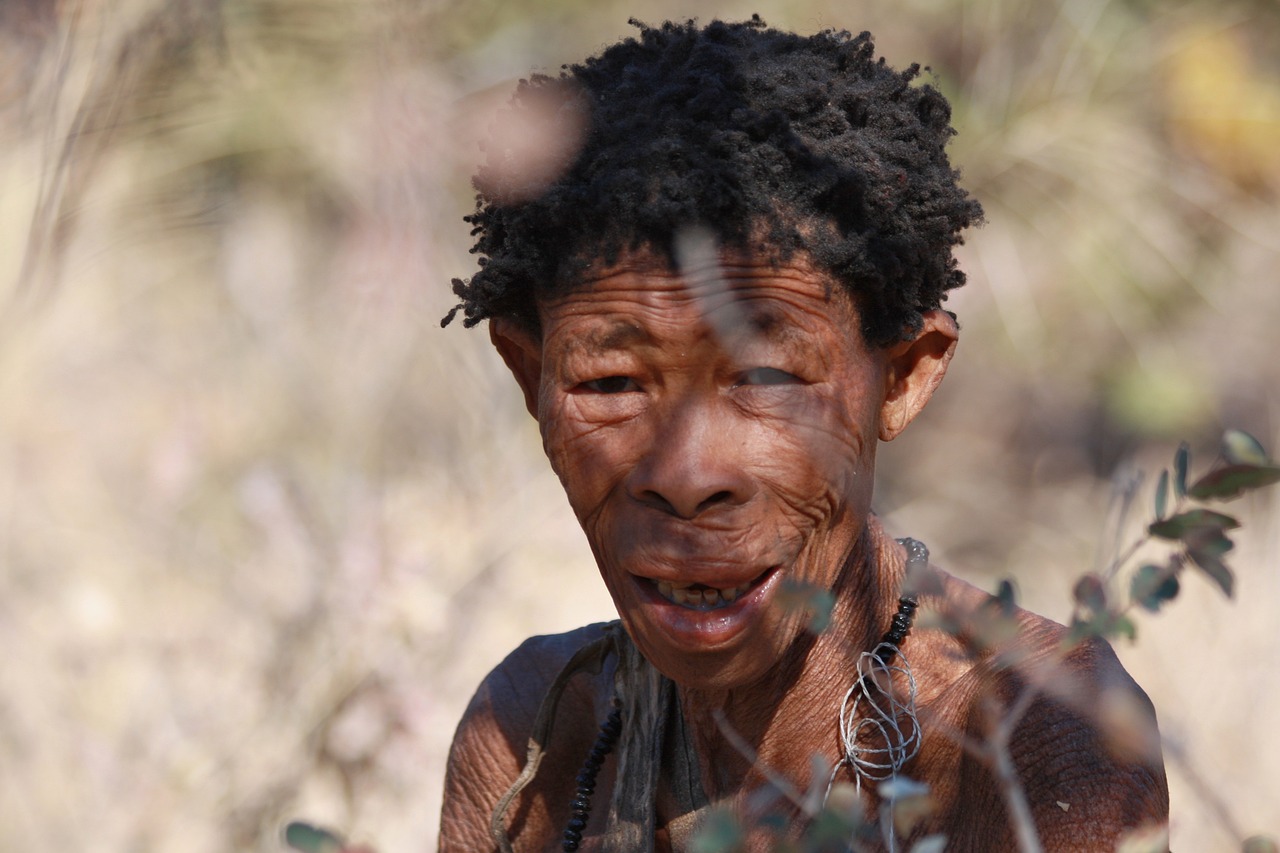
Case Studies
When it comes to the protection of Indigenous sites from development, examining real-life case studies provides valuable insights into the challenges and successes in preserving these culturally significant areas. These case studies serve as poignant examples of the delicate balance between economic progress and cultural heritage.
One notable case study is the Standing Rock Sioux Tribe's opposition to the Dakota Access Pipeline in the United States. The pipeline's proposed route threatened sacred lands and water sources, sparking a massive protest movement led by Indigenous communities and environmental activists. Despite facing significant opposition, the project was ultimately completed, highlighting the complexities of balancing energy development with Indigenous rights.
In contrast, the successful protection of Uluru-Kata Tjuta National Park in Australia showcases effective collaboration between Indigenous communities and government authorities. The Anangu people, the traditional owners of the land, worked closely with park management to restrict climbing on the sacred rock formations, preserving the site's cultural integrity and environmental significance.
Another case study worth exploring is the ongoing battle to protect the Amazon rainforest and its Indigenous inhabitants from deforestation and resource extraction. Indigenous tribes such as the Yanomami in Brazil have been at the forefront of the fight against illegal mining and logging activities, advocating for sustainable practices that safeguard both their ancestral lands and the global environment.
These case studies underscore the importance of proactive measures to safeguard Indigenous sites from the detrimental impacts of development. By learning from past experiences and engaging in meaningful dialogue with Indigenous communities, stakeholders can work towards sustainable solutions that honor cultural heritage while promoting responsible economic growth.
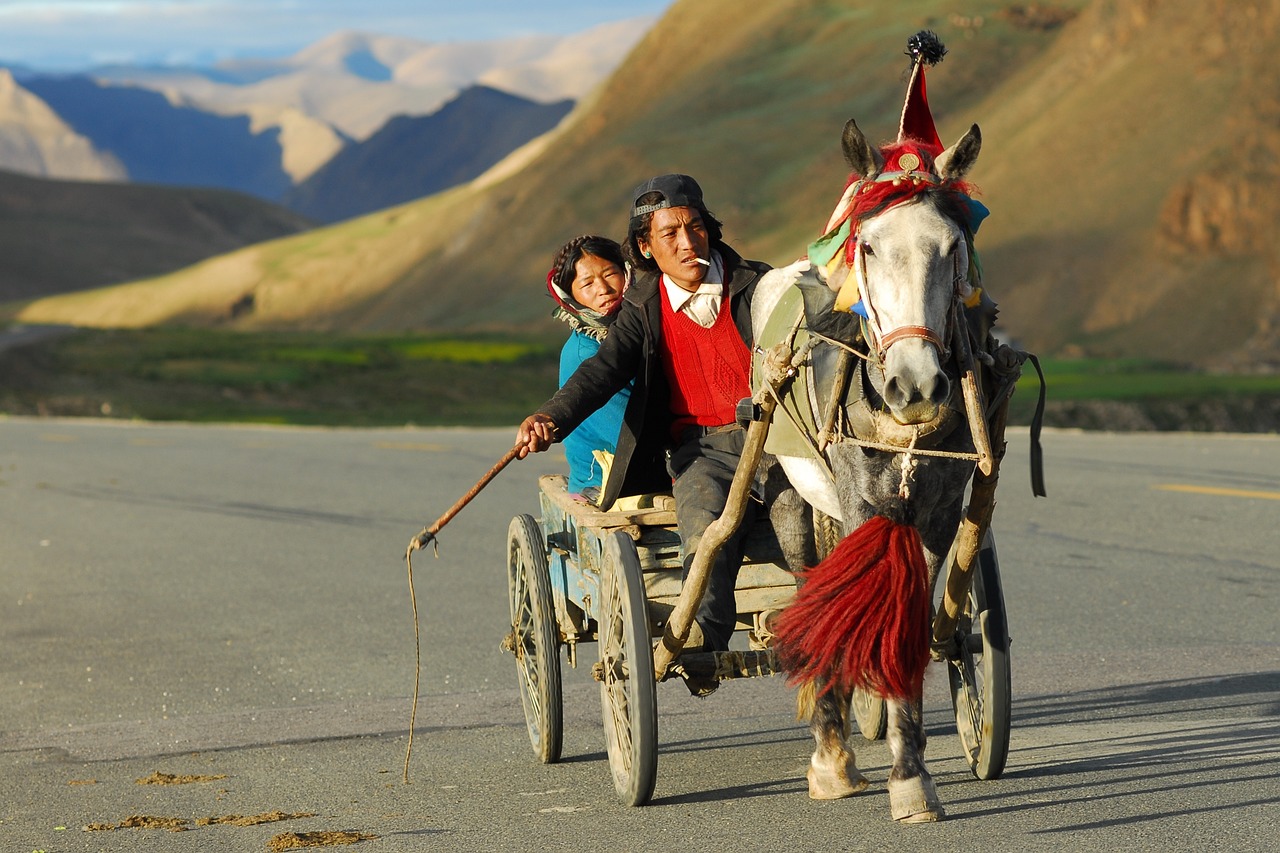
International Perspectives
When it comes to protecting Indigenous sites from development, it is essential to consider international perspectives to understand the varying approaches taken by different countries. Each nation faces unique challenges and opportunities in safeguarding these culturally significant areas. By examining how various countries address the preservation of Indigenous sites, we can learn from diverse strategies and collaborate on a global scale to ensure the protection of these invaluable heritage sites.
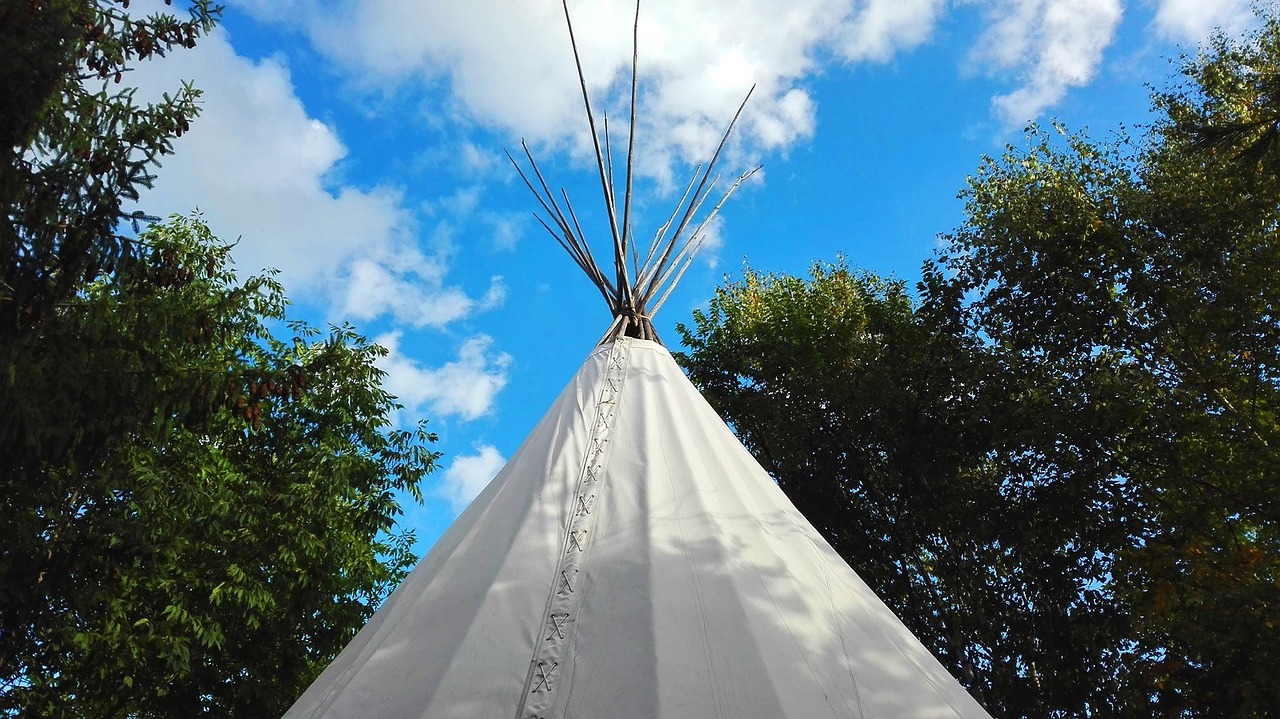
Challenges and Solutions
Protecting Indigenous Sites from Development is a complex and crucial task that requires a deep understanding of cultural, historical, and environmental factors. As we delve into the challenges and solutions surrounding this issue, it becomes apparent that balancing the needs of development with the preservation of Indigenous heritage is no easy feat.
One of the primary challenges in protecting Indigenous sites from development is the clash between economic interests and cultural preservation. Developers often prioritize profit over heritage, leading to conflicts that threaten the integrity of these sacred places. Finding a middle ground that allows for sustainable economic growth while respecting Indigenous rights is essential.
Moreover, the enforcement of laws and regulations designed to safeguard Indigenous sites can be weak and inconsistent. Despite legal frameworks being in place, monitoring and ensuring compliance with these regulations pose significant challenges. Strengthening enforcement mechanisms and increasing penalties for violations are potential solutions to address this issue.
Community engagement also plays a vital role in overcoming challenges related to development near Indigenous sites. Meaningful consultation with Indigenous communities can provide valuable insights and perspectives that are often overlooked in decision-making processes. Empowering Indigenous voices and involving them in the planning stages of development projects can lead to more sustainable and culturally sensitive outcomes.
Another critical aspect to consider is the environmental impact of development on Indigenous lands. Uncontrolled development can result in ecological degradation, loss of biodiversity, and disruption of sacred landscapes. Implementing sustainable practices, such as renewable energy projects and eco-friendly infrastructure, can help mitigate these environmental risks and ensure the long-term protection of Indigenous sites.
Furthermore, international collaboration plays a significant role in addressing the challenges faced in protecting Indigenous sites from development. Sharing best practices, exchanging knowledge, and coordinating efforts on a global scale can enhance the preservation of these important cultural heritage sites. By learning from each other's experiences, countries can work together to find innovative solutions that benefit Indigenous communities worldwide.
In conclusion, safeguarding Indigenous sites from development requires a multifaceted approach that considers cultural, environmental, economic, and legal factors. By acknowledging the challenges at hand and actively seeking solutions that respect Indigenous rights and heritage, we can ensure the preservation of these invaluable sites for future generations to appreciate and cherish.
Frequently Asked Questions
- What are Indigenous sites?
Indigenous sites are locations of cultural, historical, and spiritual significance to Indigenous communities. These sites often hold deep ancestral connections and are vital for preserving Indigenous heritage.
- Why is it important to protect Indigenous sites from development?
Protecting Indigenous sites is crucial for respecting Indigenous rights, preserving cultural heritage, and maintaining biodiversity. Development can irreversibly damage these sites, leading to the loss of valuable cultural and environmental resources.
- What laws and regulations exist to safeguard Indigenous sites?
Various laws and regulations, such as the United Nations Declaration on the Rights of Indigenous Peoples and national heritage protection acts, aim to protect Indigenous sites. However, enforcement challenges and gaps in legislation often hinder effective preservation efforts.
- How can the community be involved in protecting Indigenous sites?
Community engagement plays a vital role in safeguarding Indigenous sites. Consulting with Indigenous communities, respecting their traditional knowledge, and involving them in decision-making processes are key steps in ensuring the preservation of these sites.
- What are the environmental impacts of development on Indigenous lands?
Development on Indigenous lands can lead to deforestation, pollution, and habitat destruction, threatening the delicate ecosystems and biodiversity of these areas. Sustainable practices are essential to minimize environmental harm.
- How can economic considerations be balanced with Indigenous rights?
Balancing economic development with Indigenous rights requires prioritizing sustainable economic opportunities that respect Indigenous land rights and cultural values. Collaborative approaches that benefit both the community and the environment are crucial.
- What are some challenges faced in protecting Indigenous sites from development?
Challenges include conflicting interests between developers and Indigenous communities, inadequate legal protections, lack of funding for conservation efforts, and the need for greater awareness and education on the importance of preserving Indigenous sites.
- How can international collaboration help in safeguarding Indigenous sites?
International collaboration allows for sharing best practices, resources, and expertise in protecting Indigenous sites globally. By working together, countries can strengthen conservation efforts and promote cross-cultural understanding and respect.






